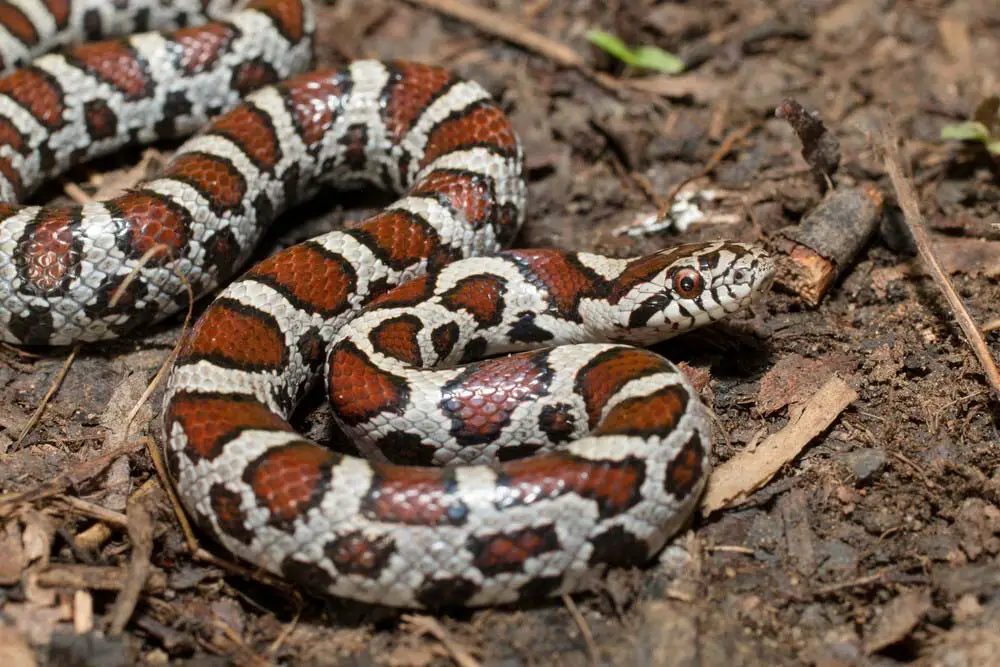

Its vibrant red color and the 3 stripes on its head make it look like a rare species. The Brazilian Rainbow boa is one of the red morphs of this species. Rainbow boas are some of the most popular snakes in the snake pet industry for their multiple morphs. They can climb and their coiled bodies are seen resting on branches high above the floor.Īs pythons, these snakes grow to a size of up to a few feet. You can find these pythons on tree branches. These snakes are common in parts of Australia, New Guinea, and Indonesia. They have a yellow color to help blend in with these habitats.Īs adults, they can have a red color which helps them blend in with the vegetation and the soil color in the rainforest. It’s believed the coloration of Green Tree Pythons is influenced by the camouflage needs of this species.Īs young snakes, Green Tree Pythons live on the edge of the rainforest. It comes in a red coloration with cream spots on the dorsal. The Green Tree Python is known for its various tropical morphs. Green Tree Python – Red Snake with White Spots Green Tree Python Blue-necked Keelback – Red Snake with Black Stripesġ. Troschel’s Pampas Snake – Red Snake with Black Spots Red Black-headed Snake – Red Snake with Black Head Eastern Milksnake – Red Snake with White Stripes Green Tree Python – Red Snake with White Spots Learn more about reptile and amphibian conservation and what you can do to help these species on our Reptile and Amphibian Stewardship page. Additional detail about legal protection for species at risk in Ontario is available on our Legal Protection page. The species’ status was last confirmed in 2010. The International Union for Conservation of Nature has not assessed the global status of the milksnake. The habitat of this species is further protected in Ontario by the Provincial Policy Statement under the Planning Act. These acts offer protection to individuals and their habitat. The species has also been designated as a Specially Protected Reptile under the Ontario Fish and Wildlife Conservation Act. Milksnakes are listed as of Special Concern under the federal Species at Risk Act. The milksnake was listed as Special Concern under the Ontario Endangered Species Act, 2007. The eastern milksnake’s status was delisted from being a species at risk in Ontario in 2016. Juveniles of these and other species look very similar and can be very difficult to differentiate. This behaviour, combined with the snake’s blotchy patterning, causes many people to mistake it for a rattlesnake. When threatened, the milksnake vibrates its tail and, especially when it comes into contact with dry vegetation, makes a buzzing or “rattling” sound. The eastern Massasauga is very thick bodied compared with the long, narrow milksnake and has a rattle on a blunt tail, a vertical pupil and a triangular head. The eastern hog-nosed snake has a distinct upturned nose. Eastern foxsnakes have a yellow to light brown body with brown blotches that are not outlined in black (although the blotches of juvenile foxsnakes can have dark edges). The northern watersnake’s patterning consists of horizontal banding rather than blotches and is very faint on a much darker body.

The milksnake may be confused with the northern watersnake, eastern foxsnake, eastern hog-nosed snake and eastern Massasauga.

Northern Ecosystems and Nature-based Climate Solutions.


 0 kommentar(er)
0 kommentar(er)
